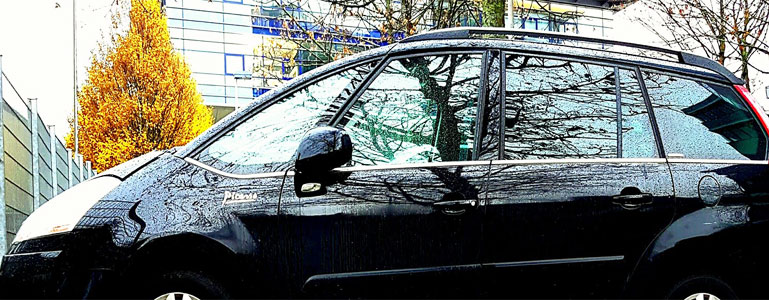Mercedes is preparing to give a tough time to Volkswagen ID 3, by turning its GLA crossover into an EV. Many would wonder why the company decided to lift the plug-in hybrid, petrol, and diesel drivetrains from the vehicle and adding a new electric motor, but the reason is simple.
The company doesn’t have a dedicated EV platform on which it can base the affordable EQ-branded model, so there were not many options for them, other than to use the existing hardware. It was its only chance to deliver an electric compact SUV, which can give competition to BMW i3 and Volkswagen ID 3. If it were to create a unique structure like its main competitors, it would have cost billions and taken years.

It’s not exactly ideal, as the GLA’s MFA platform was meant to support electrification only in plug-in hybrid form, and not a fully electric powertrain. This is why re-engineering was required for its high-strength steel and aluminum structure. Mainly, because of the 66kWh lithium-ion battery that’s placed within the rear section of the floor. But, using the GLA as a base did provide some benefits to the company. As it was able to reduce the cost because the vehicle was produced at its plants in Germany and China, and others, alongside the popular compact crossover.
We were asked to drive the EQA by the firm in some cold and wintery conditions in Germany. The prototype we tested was from the fleet of pre-production prototypes, which are going through durability testing before the UK deliveries that will begin this year.
If you have good knowledge about the company’s vehicles, you won’t take much time in noticing the similarities between the EQA and its ICE sibling. As they share the same bumpers and steel body shell. You don’t have to wait long to see how exactly the vehicle looks and performs, as it will be launched in a few months, as planned. We will have more information then.